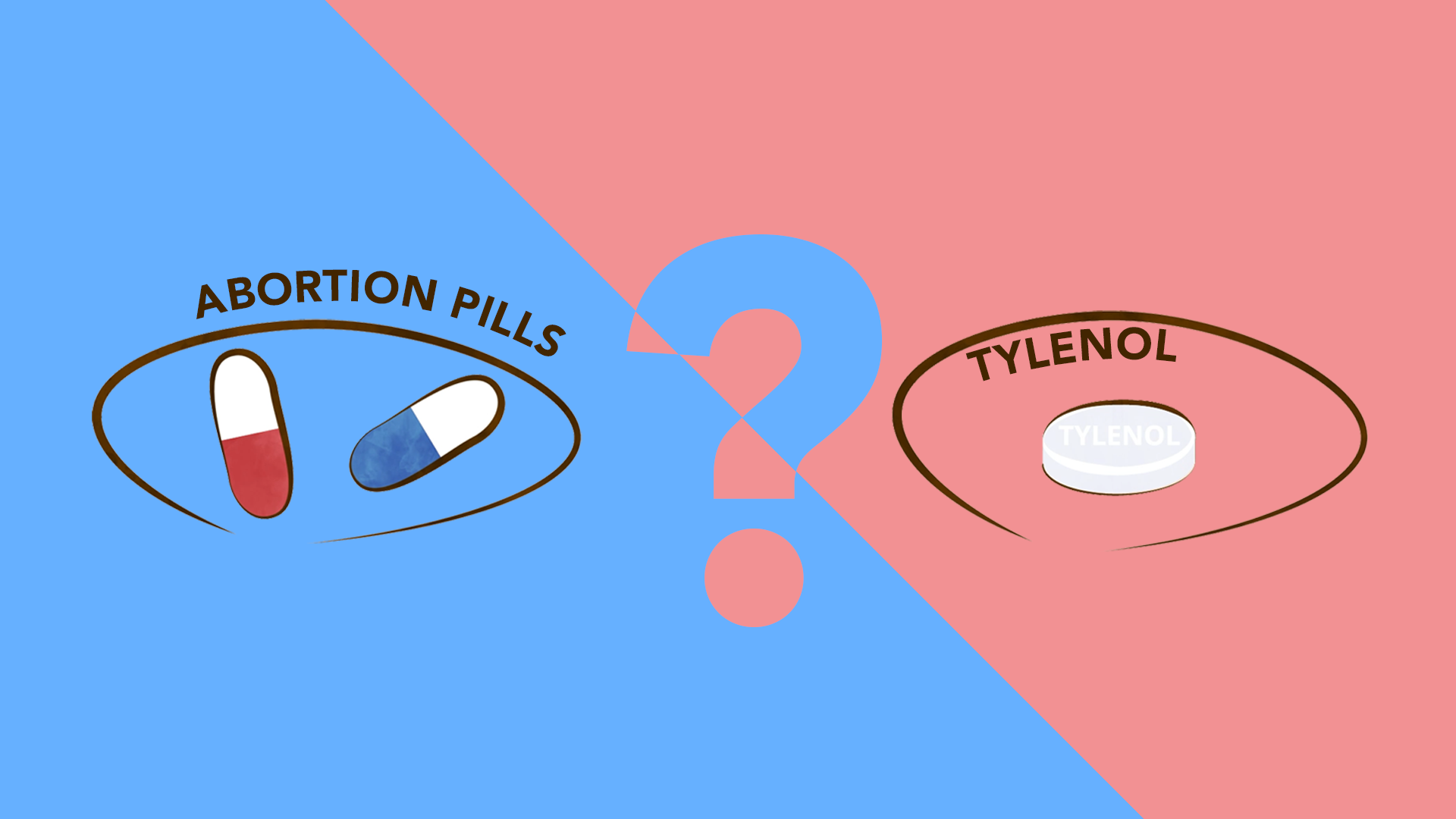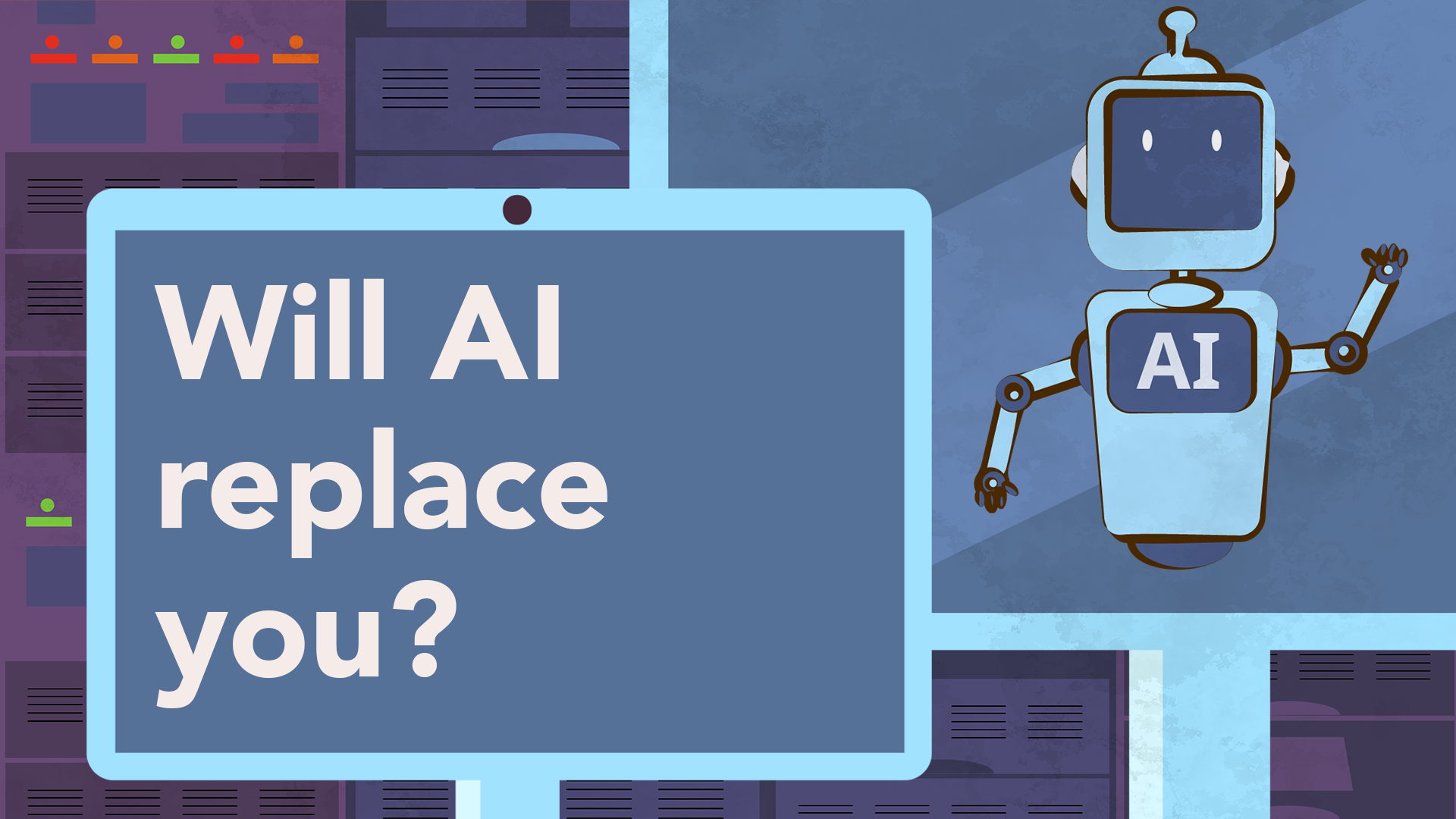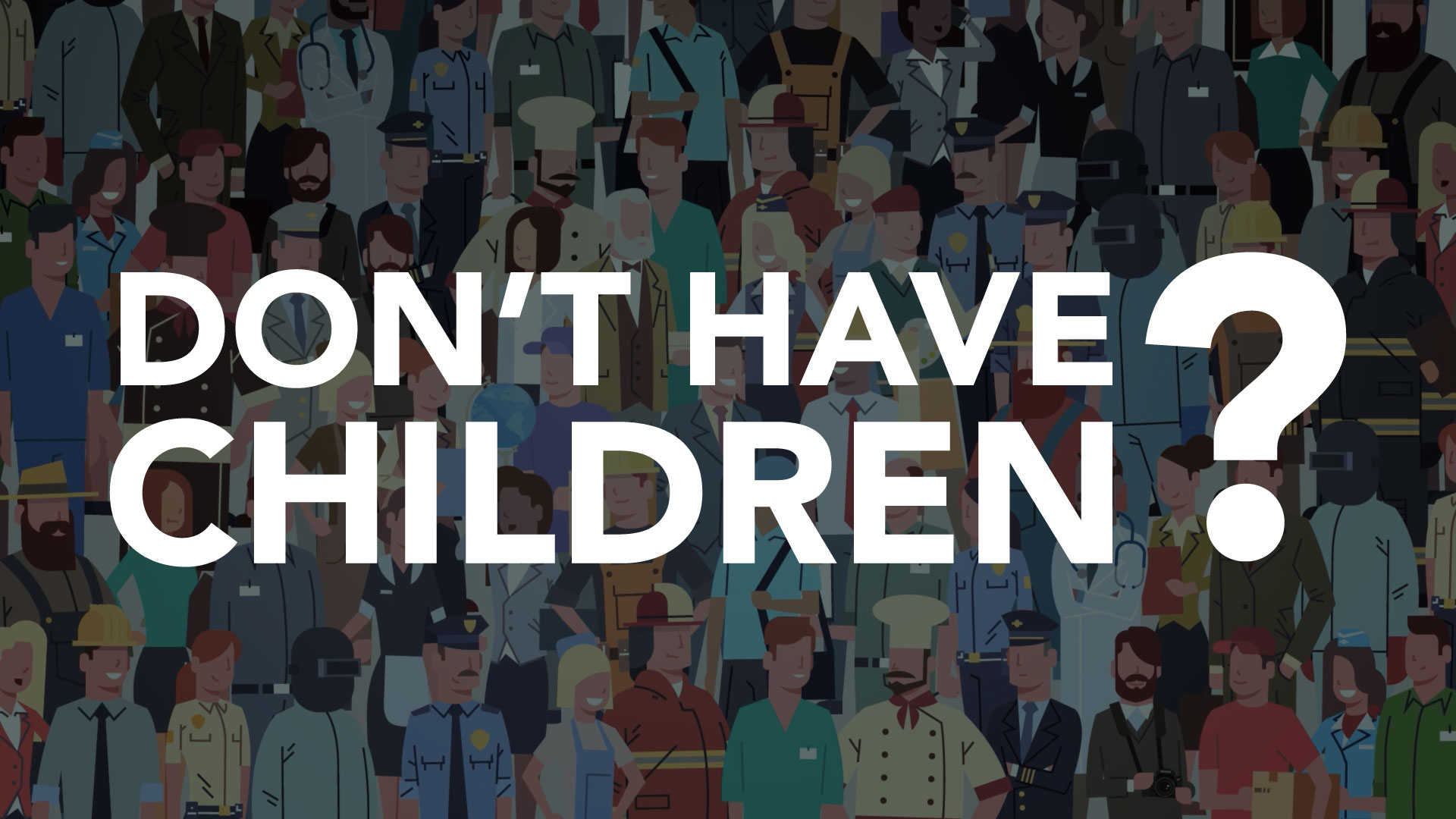You’re in a conversation and someone says, “IVF makes it possible for couples to have children. Why would anyone be against that?”
What would you say?
In vitro fertilization, or IVF, is the process of uniting egg and sperm in a laboratory, rather than through sexual intercourse. Typically, IVF is pursued either by couples struggling with infertility, or by couples, including same sex couples, who hire a surrogate to carry a pregnancy.
But is it ethical?
This video explores three things to consider when discussing in vitro fertilization.
You’re in a conversation and someone says, “IVF makes it possible for couples to have children. Why would anyone be against that?”
What would you say?
In vitro fertilization, or IVF, is the process of uniting egg and sperm in a laboratory, rather than through sexual intercourse. Typically, IVF is pursued either by couples struggling with infertility, or by couples, including same sex couples, who hire a surrogate to carry a pregnancy.
As typically practiced, IVF involves medically stimulating ovaries in order to harvest multiple eggs. The eggs are then fertilized outside the womb. The resulting human embryos are then screened. Those deemed “healthy” or “viable” are kept for transferring to the womb, while those deemed “non-viable” are discarded. The transfer process is often repeated until a pregnancy occurs.
Even when pursued by couples who desire to have children but cannot, there are several reasons that IVF is morally problematic. Here are three:
Number one: As typically practiced, IVF destroys human lives. It is standard practice for fertility clinics to create more embryos during the IVF process than the potential parents intend to bring to term. In fact, many embryos who are created through IVF are never transferred to a mother. Often, living embryos are deemed 'non-viable' for vague or inconclusive reasons, and are then destroyed. Others are selected for destruction based on their sex.
The IVF process often involves transferring multiple embryos to a woman’s uterus in order to increase the chances of pregnancy. It is common for some of the embryos created to become victims of “reductions,” a euphemism for aborting one or more babies while leaving siblings to develop. This decision, again, is made often based upon which embryos are deemed more “viable.”
And, once pregnancy is achieved, any remaining embryos not transferred are treated as “excess.” Typically, they will be stored in freezers indefinitely to await a future attempt at pregnancy that may or may not occur. Most often, however, they will be discarded or “donated” for scientific research, which means they too will be destroyed.
In other words, not only are many tiny lives created by IVF but, as it is typically done, many are destroyed. The way selection takes place is a form of eugenics, the weeding out of certain human individuals based on arbitrary standards of fitness and quality. As practiced, there is no essential difference between the selective elimination of certain embryos in the IVF process and selective abortions of preborn babies because they have disabilities, or because they happen to be the “wrong” sex.
It is important to note that some couples attempt a more ethical form of IVF, either by creating and transferring only one embryo at a time, or by agreeing to transfer every embryo that is created. However, this makes the procedure so arduous, invasive, and expensive that many fertility clinics and couples will not attempt it.
The bottom line is that IVF destroys more human lives each year than all forms of abortion, making it a net source of more deaths, not of more new lives.
Number two: Over 1.5 million human embryos created in the IVF process are being stored in freezers. Embryos who are conceived in IVF and deemed “viable” but are not immediately transferred to a woman’s womb, are often frozen to be used to achieve future pregnancies. There are many cases, however, in which these embryos remain frozen and are never implanted.
In fact, in just the United States, an estimated 1.5 million human embryos are currently frozen in fertility clinic freezers. With the exception of those who will be brought to term by their parents or adopted by others, the vast majority will eventually be discarded or donated for scientific research.
This means that as typically practiced, IVF results in countless human lives being created and left indefinitely suspended, only to eventually face destruction. Adding to this incredible number should be morally unthinkable, especially when there are so many existing embryos whose lives can be given a chance through adoption.
Number three: IVF enables adults to treat children—and at times other adults—as commodities. Eugenic motives often guide the selection and destruction of embryos created through IVF. And this form of baby manufacture is also central to other practices that treat children as products to satisfy the demands of adults.
For example, gestational surrogacy, the practice of transferring a fertilized egg to an unrelated woman to carry, requires IVF. Surrogacy is plagued by so many ethical problems it is highly regulated and even banned in many nations around the world. The ethical questions have to do with hiring a woman’s body, separating a newborn child from the only mother he or she has known, and excluding that woman permanently from the child’s life.
IVF is also related to the practice of so-called “egg donation,” in which young and often financially vulnerable women are selected by parents for traits like race, eye color, and intelligence, and then paid for their gametes, which are then fertilized in-vitro, after which the resulting embryos are transferred to the designated “mother.” This creates a strong incentive for parents to “shop” for the traits they want, treating not only the eventual child but the genetic mother as consumer products, instead of persons.
Finally, IVF and gamete “donation” are increasingly used by same-sex couples to acquire children because their relationships are intrinsically sterile. In these situations, a child will inevitably be robbed of either a father or a mother. And because the ability to bypass natural reproduction is a feature, not a bug of IVF, the procedure is legal and easily available for anyone to essentially order, pay for, and acquire children, with very little accountability or protections for the children created.
Ultimately, IVF assumes that the desire to acquire a child justifies any means of achieving that goal. But this isn’t true when the “means” involves the destruction of human lives and treating lives as products to be selected and sold, rather than as gifts given by God and created in His image.
So, the next time someone says we should support IVF because it makes it possible for couples to have children, here are three things to remember:
Number one: As typically practiced, IVF destroys human lives.
Number two: Over 1.5 million human embryos created in the IVF process are being stored in freezers.
Number three: IVF enables adults to treat children—and sometimes other adults—as commodities.
Sources cited in this video:
Transferring multiple embryos:
https://www.ncbi.nlm.nih.gov/pmc/articles/PMC5846681/
More human embryos are destroyed as a result of IVF than abortion each year:
https://www.catholicnewsagency.com/news/257066/more-human-embryos-destroyed-through-ivf-than-abortion-every-year.
Additional Resources:



 Colson Center
Colson Center


